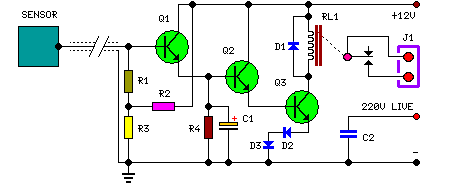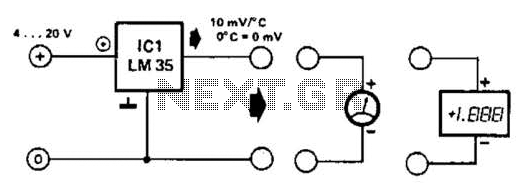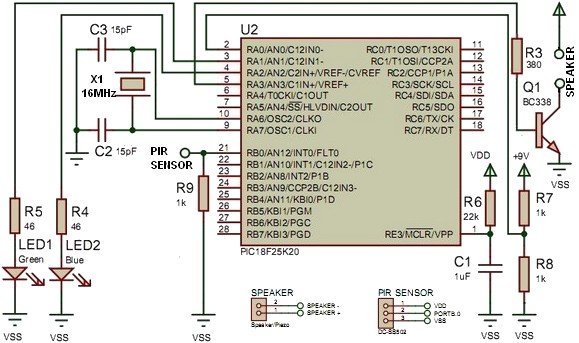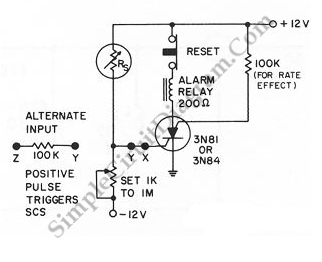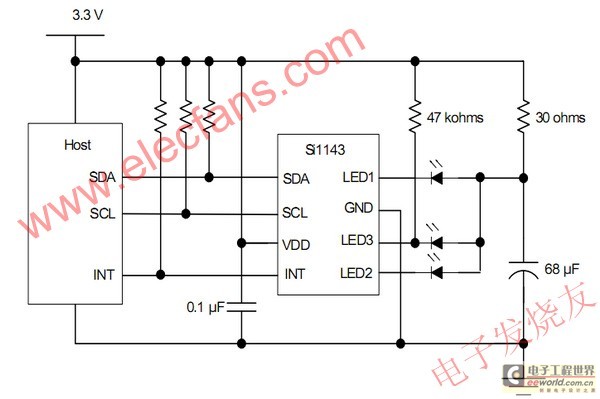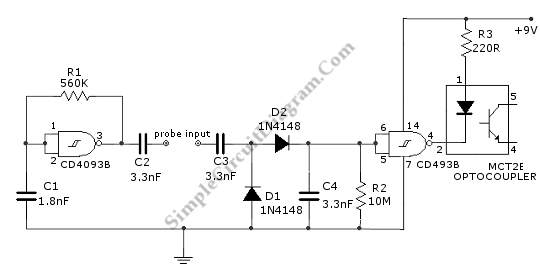
differential pressure sensor sdp1000

Consult Sensirion's entire datasheet for the Differential Pressure Sensor SDP1000/2000 catalogue on DirectIndustry. Page: 7/10.
The Sensirion SDP1000/2000 series of differential pressure sensors are designed for precise measurement of pressure differences in various applications. These sensors utilize a MEMS (Micro-Electro-Mechanical Systems) technology, which enables high accuracy and stability over time. The SDP1000 model is suitable for lower pressure ranges, while the SDP2000 model can measure higher pressure differences.
Key specifications of these sensors include a wide measurement range, low power consumption, and a compact design that facilitates easy integration into existing systems. The sensors are equipped with digital interfaces, such as I2C, allowing for straightforward communication with microcontrollers or other digital systems.
Applications for the SDP1000/2000 sensors span across various industries, including HVAC systems, medical devices, and industrial automation. Their ability to accurately measure differential pressure makes them ideal for monitoring airflow, detecting leaks, and ensuring optimal performance in various systems.
In terms of electrical characteristics, the SDP1000/2000 series operates within a specified voltage range and features built-in temperature compensation to enhance measurement accuracy. The sensors are also designed to withstand environmental factors, ensuring reliable operation in diverse conditions.
Overall, the Sensirion SDP1000/2000 differential pressure sensors offer a robust solution for precise pressure measurement, making them an essential component in modern electronic systems requiring high performance and reliability.Consult Sensirion`s entire Datasheet Differential Pressure Sensor SDP1000/2000 catalogue on DirectIndustry. Page: 7/10.. 🔗 External reference
The Sensirion SDP1000/2000 series of differential pressure sensors are designed for precise measurement of pressure differences in various applications. These sensors utilize a MEMS (Micro-Electro-Mechanical Systems) technology, which enables high accuracy and stability over time. The SDP1000 model is suitable for lower pressure ranges, while the SDP2000 model can measure higher pressure differences.
Key specifications of these sensors include a wide measurement range, low power consumption, and a compact design that facilitates easy integration into existing systems. The sensors are equipped with digital interfaces, such as I2C, allowing for straightforward communication with microcontrollers or other digital systems.
Applications for the SDP1000/2000 sensors span across various industries, including HVAC systems, medical devices, and industrial automation. Their ability to accurately measure differential pressure makes them ideal for monitoring airflow, detecting leaks, and ensuring optimal performance in various systems.
In terms of electrical characteristics, the SDP1000/2000 series operates within a specified voltage range and features built-in temperature compensation to enhance measurement accuracy. The sensors are also designed to withstand environmental factors, ensuring reliable operation in diverse conditions.
Overall, the Sensirion SDP1000/2000 differential pressure sensors offer a robust solution for precise pressure measurement, making them an essential component in modern electronic systems requiring high performance and reliability.Consult Sensirion`s entire Datasheet Differential Pressure Sensor SDP1000/2000 catalogue on DirectIndustry. Page: 7/10.. 🔗 External reference
